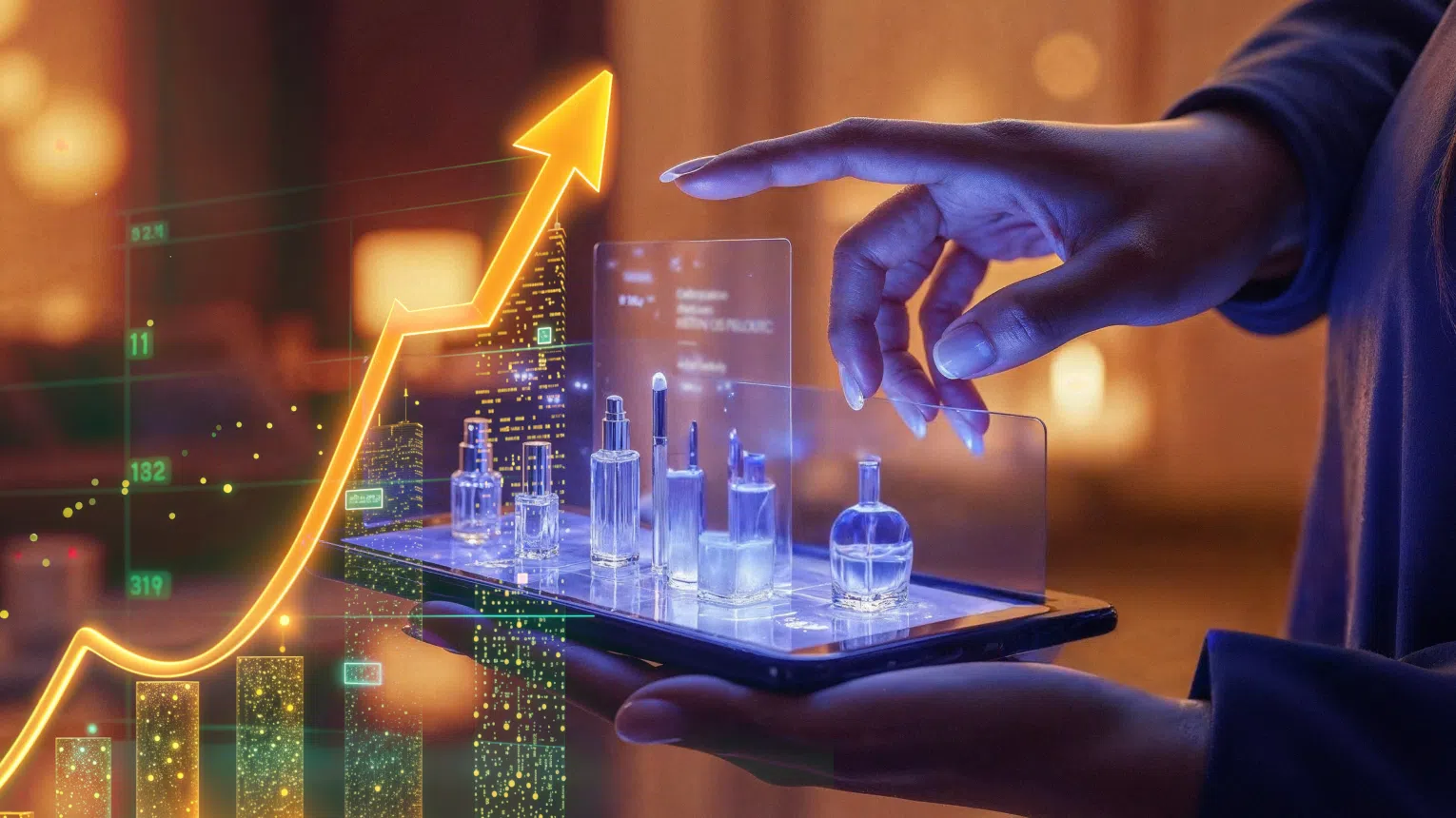When Tangibles Become Intangible: Rethinking Luxury in the Age of Intangible Assets
While we often cite technology, brand, and human capital as the primary intangible drivers of value in today’s economy, luxury presents a compelling paradox. It trades in tangible goods and curated experiences—jewelry, couture, high-end hospitality—yet commands margins that far exceed material cost or utility. What justifies this premium? The answer lies in intangibles: brand perception, cultural capital, emotional resonance, and symbolic value. Luxury proves the case that intangibles don’t just support value—they are the value.
Luxury as Proof of Intangible Value Creation
The luxury sector has long been anchored in the physical—a handbag, a mechanical watch, a bottle of perfume. But while the product is real, the value lies in what surrounds it. A luxury good may cost $300 to produce and sell for $5,000. That delta is not irrational; it’s intangible. Consumers pay not just for quality or design, but for the story, the status, the sense of belonging, and the personal transformation it promises.
In this way, luxury functions as one of the most refined and enduring models of intangible value creation. It is not unlike the value creation model of a tech platform or a premier consulting brand—intangible capital outweighs tangible infrastructure.
Brand as the Core Asset
In luxury, brand is not an adjunct to the product. It is the product. A Louis Vuitton bag and a lookalike of comparable craftsmanship do not carry the same value—not because of materials or function, but because of brand mythology, cultural relevance, and perceived exclusivity. This mythology is cultivated over decades, sometimes centuries. As such, luxury brands are reservoirs of symbolic capital that compound over time. For investors and strategists, the brand itself is often the most valuable and defensible asset.
Emotional and Psychological Drivers
Luxury consumption is rarely rational. It is emotional, aspirational, and symbolic. It operates at the intersection of psychology, sociology, and economics. When someone purchases a luxury item, they are not just acquiring a thing—they are buying into an identity, making a statement, or fulfilling a dream. These are powerful motivators, and they are, by nature, intangible. Yet they drive immense value.
Human Capital as Cultural Capital
Another intangible often overlooked in luxury is the role of human capital—not just in operations, but in brand storytelling and craftsmanship. Artisans, designers, creative directors, and even the founding myths of a house become part of the value equation. These are not interchangeable inputs; they are culture carriers. Their influence is embedded in every product and campaign. As luxury expands into new territories—digital, experiential, generational—the ability to retain and nurture this human capital becomes both a competitive advantage and a key valuation driver.
Implications for Strategy and Investment
Luxury challenges traditional models of valuation and growth. Unlike sectors where scale or automation drives margin, luxury brands grow by deepening meaning and extending desire. That requires different levers: strategic scarcity, cultural alignment, timeless design, and narrative control. For private equity and other investors, it demands a shift in perspective: to value what is unseen as much as what is made.
Conclusion: The Ultimate Intangible
In a world increasingly defined by intangibles, luxury offers one of the clearest, most resilient examples of how intangible value is created, nurtured, and monetized. It reminds us that the most powerful drivers of value are often invisible—and that in the minds of consumers, perception can be worth far more than production.
Luxury is not the exception to the rule of intangible assets. It may be the ultimate proof of concept. Whether you’re a venture capital firm, a private equity investor, or a portfolio company seeking to create premium value by leveraging technology, human capital, or brand – Paktolus can help. We specialize in unlocking the full power of intangibles to drive growth, differentiation, and long-term returns.
Paktolus Luxury clients include:
Sotheby’s Motorsport, Dupont Registry, the Milano Auto Group (MAG) comprised of such brands as Audi of Dublin, Bentley Columbus, BMW of Dublin, Ferrari Dublin, Jaguar Dublin, Lamborghini Ohio, Land Rover Dublin, Lotus Columbus, Maserati Columbus, Porsche Dublin, and Rolls-Royce Motor Cars Columbus, New Look Vision Luxury Eyewear which includes such brands as Morgenthal Frederics, Robert Marc, Edward Beiner, Black Optical, to name a few, and Fiona Diamonds.
To book an in person or online presentation contact us.


